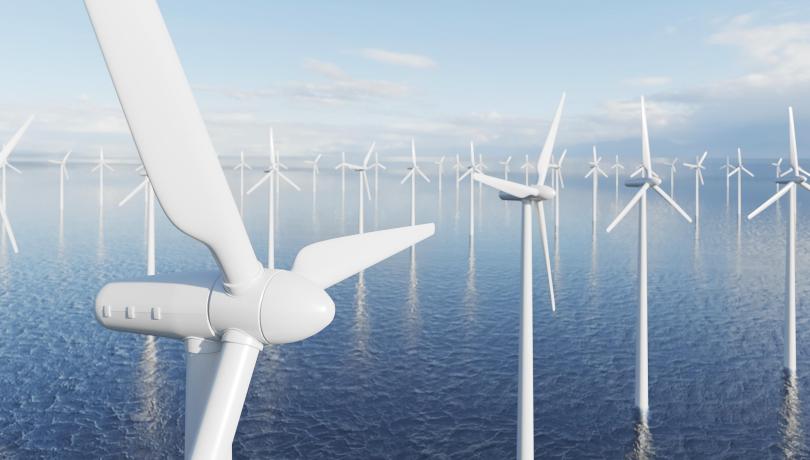Marine mammals, seabirds, sharks, rays, and benthic invertebrates are the species most at risk from the impact of this technology.

A groundbreaking study conducted by experts in marine ecology and biology, and engineering from the Universitat de Girona (UdG), the Universitat Politècnica de Catalunya (UPC), and the Institut de Ciències del Mar (ICM-CSIC) analyzes the potential impacts of floating offshore wind farms on Mediterranean biodiversity. This pioneering research examines the offshore wind energy projects proposed for Cap de Creus and the Gulf of Roses.
The study’s findings are presented in an article recently published in the scientific journal Marine Policy. The article highlights the importance of balancing decarbonization efforts with the preservation of marine biodiversity.
Doctoral researcher and first author of the article, Paul Wawrzynkowski, stated: “This research reveals the potential impacts of floating offshore wind farm technologies on priority species for conservation in the Mediterranean Sea, using the Gulf of Roses and Cap de Creus as a case study.”
The study is the first in the Mediterranean to evaluate the potential effects of offshore wind energy on species sensitive that are relevant for national and international conservation policies. A total of 135 sensitive species, considered critical for conservation strategies, were identified as potentially impacted by floating wind technologies. Some of these species play a vital role in maintaining the Good Environmental Status of marine waters, as defined by the Marine Strategy Framework Directive and the EU’s 2030 Biodiversity Strategy.
The species studied are listed in national protection catalogues the EU Habitats and Birds Directives, the International Union for Conservation of Nature (IUCN) Red List, and international agreements for flora and fauna protection such as the Barcelona, Bern, and Washington Conventions.
The first phase of the study involved identifying and assessing the primary environmental stressors associated with floating offshore wind farms. Next, using a Generalized Impact Assessment methodology, researchers analyzed how these stressors affected sensitive species based on their temporal and spatial scope and the species’ vulnerability to each factor. Finally, the study identified how the proposed technologies in various floating wind farm projects are linked to the pressures affecting the species studied.
The research revealed that key taxonomic groups impacted by floating offshore wind farms in the northwestern Mediterranean include marine mammals, such as the bottlenose dolphin; seabirds, such as the Balearic shearwater and the Mediterranean gull; elasmobranchs, like the blue shark; and benthic macroinvertebrates, such as sponges and mollusks. Identified stressors include noise, vibrations, and habitat loss and degradation.
The study emphasizes the urgent need for more in-situ data collection, species-specific studies, and ecosystem analyses to better understand the effects of floating wind farms on marine biodiversity. The research team stated that avoiding these impacts is essential to balance economic decarbonization with the preservation of marine ecosystems, particularly in biodiversity hotspots like the Gulf of Roses and Cap de Creus.
This research is part of the BIOPAIS project, coordinated by UdG and ICM-CSIC, and supported by the Biodiversity Foundation under Spain’s Ministry for Ecological Transition and Demographic Challenge (MITECO). It is funded through the European Union’s Next Generation EU program within the Recovery, Transformation, and Resilience Plan (PRTR).